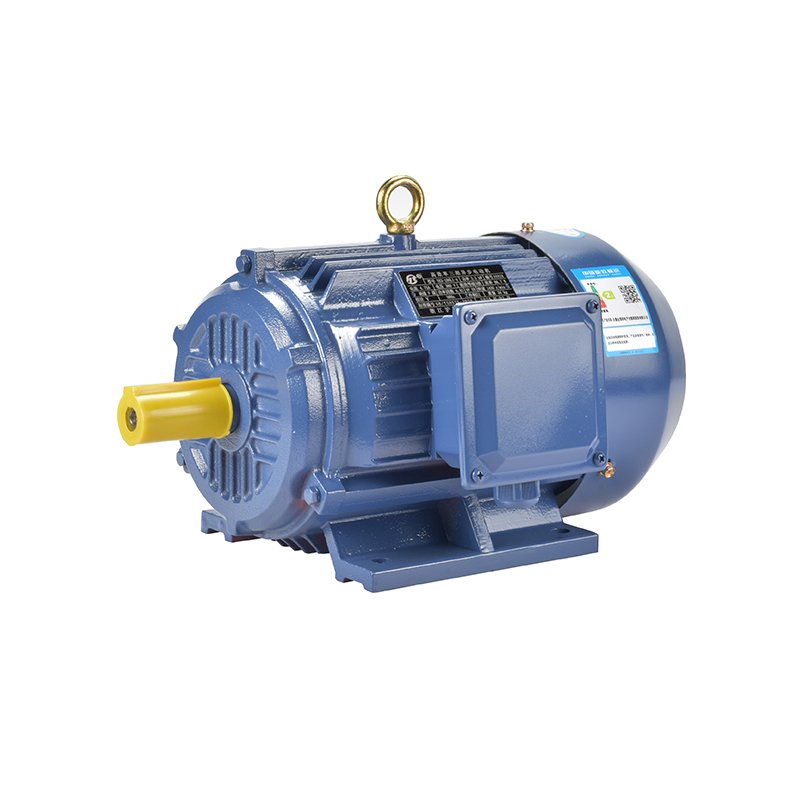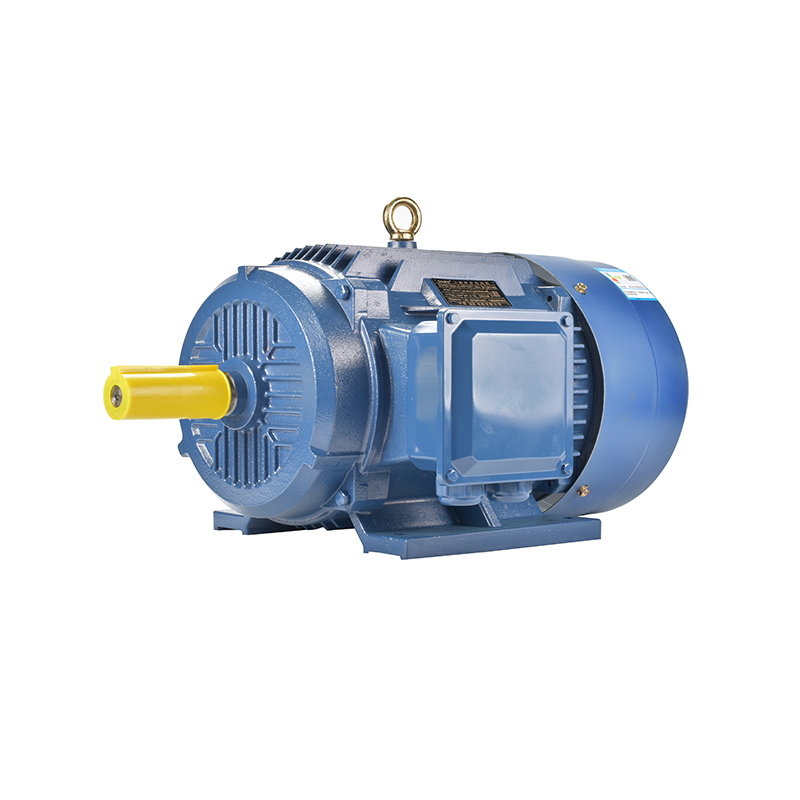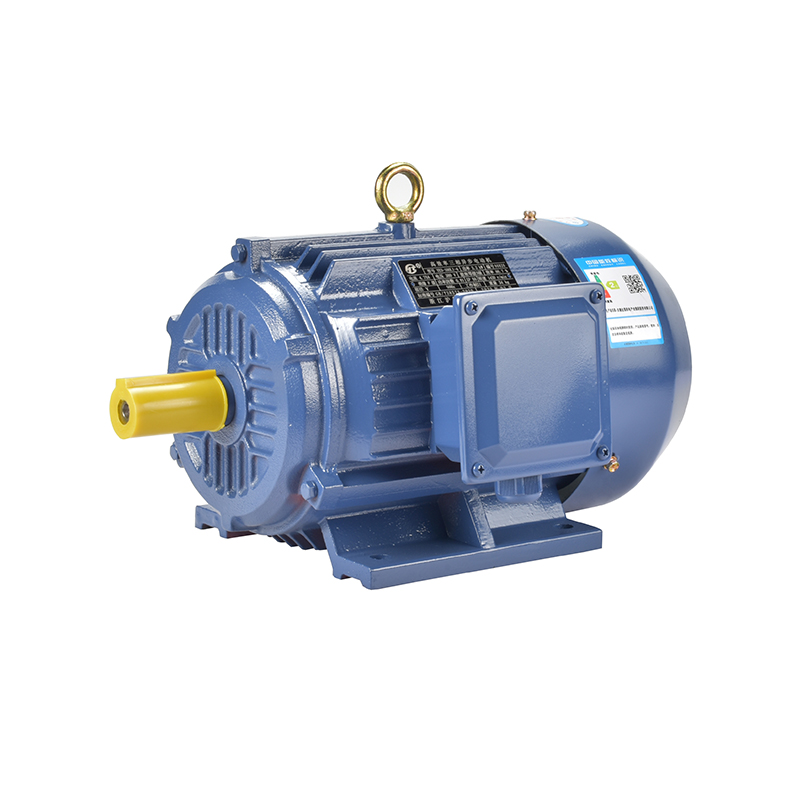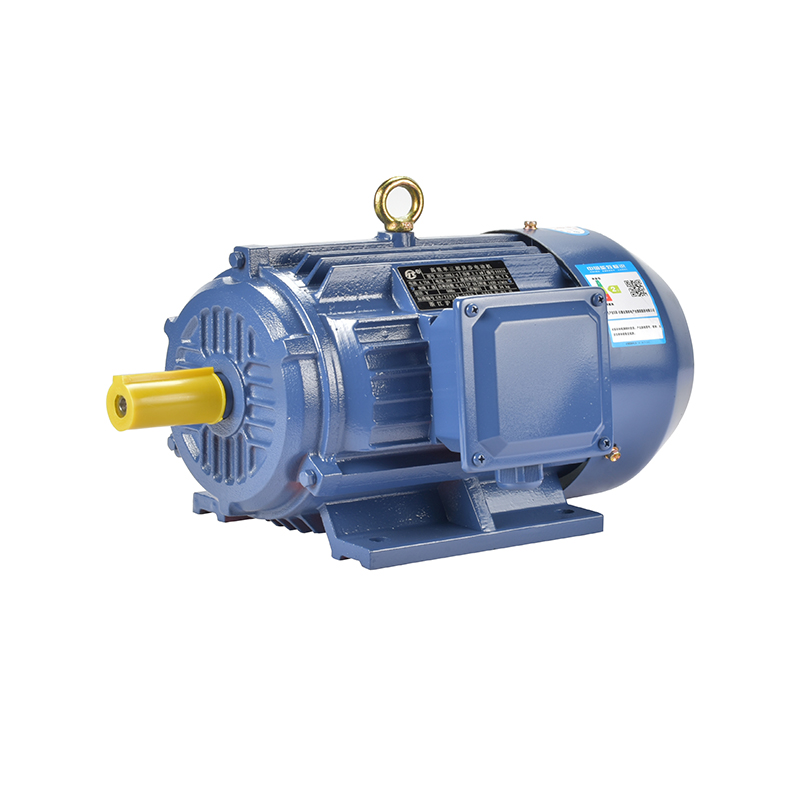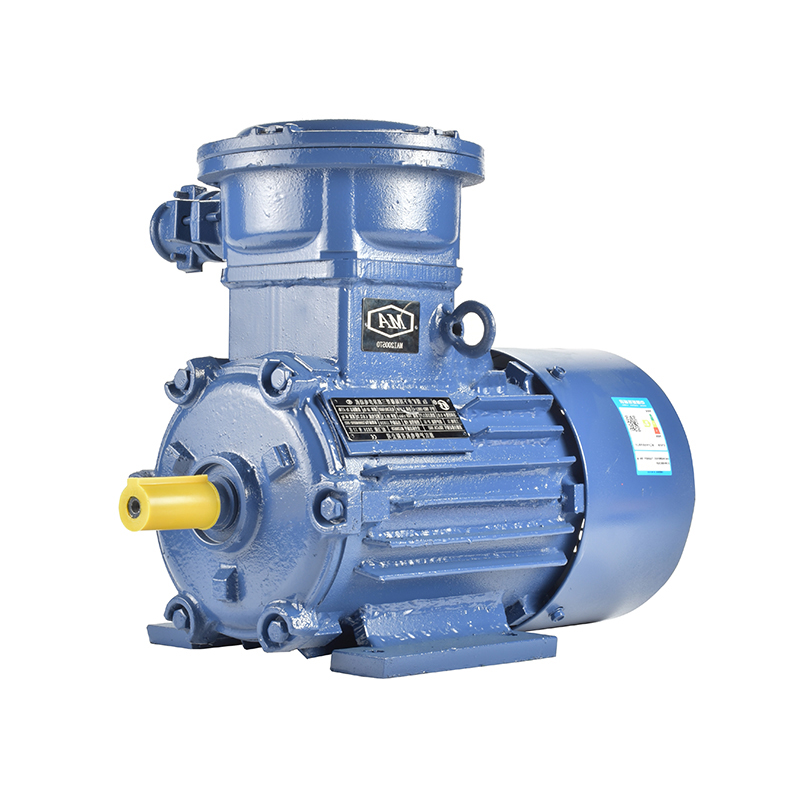Noise Reduction Techniques In Modern Motor Manufacturing
In today’s industrial landscape, reducing noise in electric motors has become an essential aspect of product development. Customers across various sectors—whether it’s HVAC, automation, or equipment manufacturing—are paying close attention to not only efficiency and performance, but also acoustic comfort. Modern motor manufacturing is responding to this need by integrating a range of noise reduction techniques throughout the design, material selection, and assembly processes. This article explores how these methods are being applied across different types of motors, including flameproof electric motors, single phase servo motors, and BLDC PMSM motors.

One of the one sources of noise in electric motors is mechanical vibration. This vibration often results from imbalance in the rotor, loose components, or inconsistent bearing alignment. To address this, manufacturers have started using precision balancing equipment early in the production process. Dynamic balancing ensures the rotor maintains symmetrical motion even at high speeds, which greatly reduces the mechanical hum and rattling that can occur in assembled units.
In the case of flameproof electric motors, which are commonly used in hazardous or high-risk environments, noise suppression is particularly critical. These motors require robust enclosures that not only prevent sparks or explosions but also contain internal sound. To manage this, engineers often use thick-walled housings with optimized vent patterns. Additionally, selecting low-vibration mounting bases and incorporating internal damping materials helps mitigate both airborne and structure-borne sound.
Another strategy revolves around the use of high-quality bearings and lubrication. In low-noise motor designs, sealed ball bearings are often preferred due to their quieter operation and lower maintenance. Proper lubrication reduces metal-on-metal contact and prevents the generation of high-frequency noise during extended use. Some manufacturers even use specialized low-noise greases designed for electric motor applications.
Single phase servo motors—commonly found in light industrial and automation systems—require precise control and quiet operation. In these systems, reducing electrical noise is just as important as limiting mechanical noise. Advanced driver circuits with smooth PWM (Pulse Width Modulation) control help prevent the generation of high-pitched whining often associated with cheaper or outdated controllers. The improved accuracy in phase current regulation reduces torque ripple, which in turn lowers acoustic emissions.
For BLDC PMSM motors (Brushless DC Permanent Magnet Synchronous Motors), which are widely used in everything from electric vehicles to robotics, noise reduction begins at the magnetic design stage. Engineers focus on skewing the stator slots or rotor magnets to lessen cogging torque—a known contributor to noise and vibration. The use of sine wave commutation instead of trapezoidal further smooths the torque delivery and significantly lowers the motor’s operating noise. BLDC PMSM motors also benefit from lower friction since they lack brushes, making them naturally quieter than brushed counterparts.
The manufacturing process itself also plays a crucial role. Automated winding processes, laser-cut stator laminations, and consistent quality control inspections reduce the chances of eccentricity or misalignment, both of which contribute to motor noise. Using lamination stacks with low magnetic loss not only improves efficiency but also helps reduce the audible hum associated with core losses.
Another overlooked factor in motor noise is electromagnetic interference (EMI), which can create a buzzing or whining sound in certain operating conditions. Shielded cables and improved grounding strategies have become a regular part of motor design to combat this. For motors used in sensitive equipment, filtering components such as ferrite beads or EMI suppressors are integrated directly into the terminal housing.
Finally, the role of testing cannot be underestimated. Modern noise testing chambers equipped with sound meters and vibration analysis tools allow manufacturers to simulate real-world usage conditions. Based on the feedback, engineers fine-tune enclosure materials, air gap tolerances, and magnetic profiles before the motor enters mass production.
As demand continues to grow for quieter, more efficient motors across industries, noise reduction will remain a central theme in motor design and manufacturing. Whether it's a flameproof electric motor designed for harsh environments, a single phase servo motor used in automation, or a BLDC PMSM motor powering a precision system, applying the right combination of mechanical, electrical, and structural techniques can make a significant difference in acoustic performance.
-
Feedback



 English
English русский
русский Español
Español عربى
عربى

